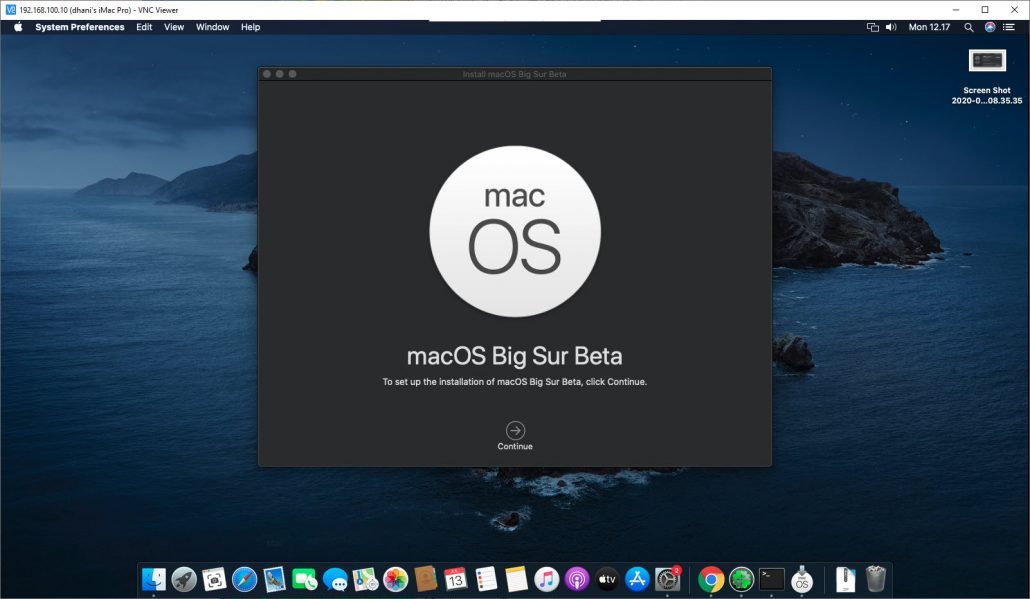
- #Gitlab docker for python mac how to#
- #Gitlab docker for python mac software#
- #Gitlab docker for python mac code#
- #Gitlab docker for python mac free#
#Gitlab docker for python mac code#
Check out the project’s code base hosted on Github, and fork it into your GitHub account.Check out the runtime environment for this project located on the ActiveState Platform.
#Gitlab docker for python mac free#
Sign up for a free ActiveState Platform account.The last remaining step will be to build and run the sample project’s tests for a successful round of development iteration. For the ActiveState Platform, we’ll use its CLI, the State Tool to pull down a custom runtime environment, which includes a version of Python, as well as all the packages and dependencies the project requires. In this way, no matter where the build happens, we have definitive sources of truth to pull from. It’s still a bit more awkward than doing everything in GitLab though, and GitLab nudges you to use their integrated product set.įor the runtime environment, you could use the default Python environment provided by GitLab (more on that in a minute), but we’ll use the ActiveState Platform to host our Python runtime environment and Github to host our code. In practice, if you end up keeping your code in another system like GitHub, committing your changes there (including changes to GitLab CI/CD configuration) and then triggering a CI/CD build when GitLab’s mirroring sync kicks in, it will work fine.

As an alternative, you can migrate your code into GitLab and use push synchronization to mirror changes back to wherever the code came from. mirroring), so any changes in your GitHub repo get synced automatically to the GitLab copy. Instead of using the code on GitHub directly, GitLab “clones” it and runs the CI/CD process on the GitLab copy. Once again, I’ll be using the same sample application, which is written in Python and hosted on GitHub. Now that you know your way around GitLab, let’s dive into the CI/CD feature set.
#Gitlab docker for python mac software#
GitLab is trying to hook its SCM functionality into the entire SDLC in order to create a complete, integrated system for software product development, all accessed from an easy to use interface. There are also a number of features under Security & Compliance as well as other groups that are only available in paid plans.

This time around, I’ll also take advantage of new deployment functionality in ActiveState’s CLI, the State Tool to reduce the execution time of our builds. If you read my post on setting up GitHub CI/CD, you’ll notice many similarities, mainly because both of these vendors come from an SCM background.

#Gitlab docker for python mac how to#
In this post, I’ll explain how to set up a CI/CD pipeline on GitLab for a Python project, incorporating an ActiveState Python runtime environment and tooling, but the method applies equally to Perl projects, as well. But trailing GitHub in the marketplace, the company has been busy improving their game and creating products to cover all areas of Software Development Life Cycle (SDLC), with an aim to satisfying enterprise needs including CI/CD. As one of the leading Source Control Management (SCM) vendors, GitLab has a strong following in open source circles. As part of my ongoing Continuous Integration/Continuous Delivery (CI/CD) series, it’s GitLab’s turn under the microscope.


 0 kommentar(er)
0 kommentar(er)
